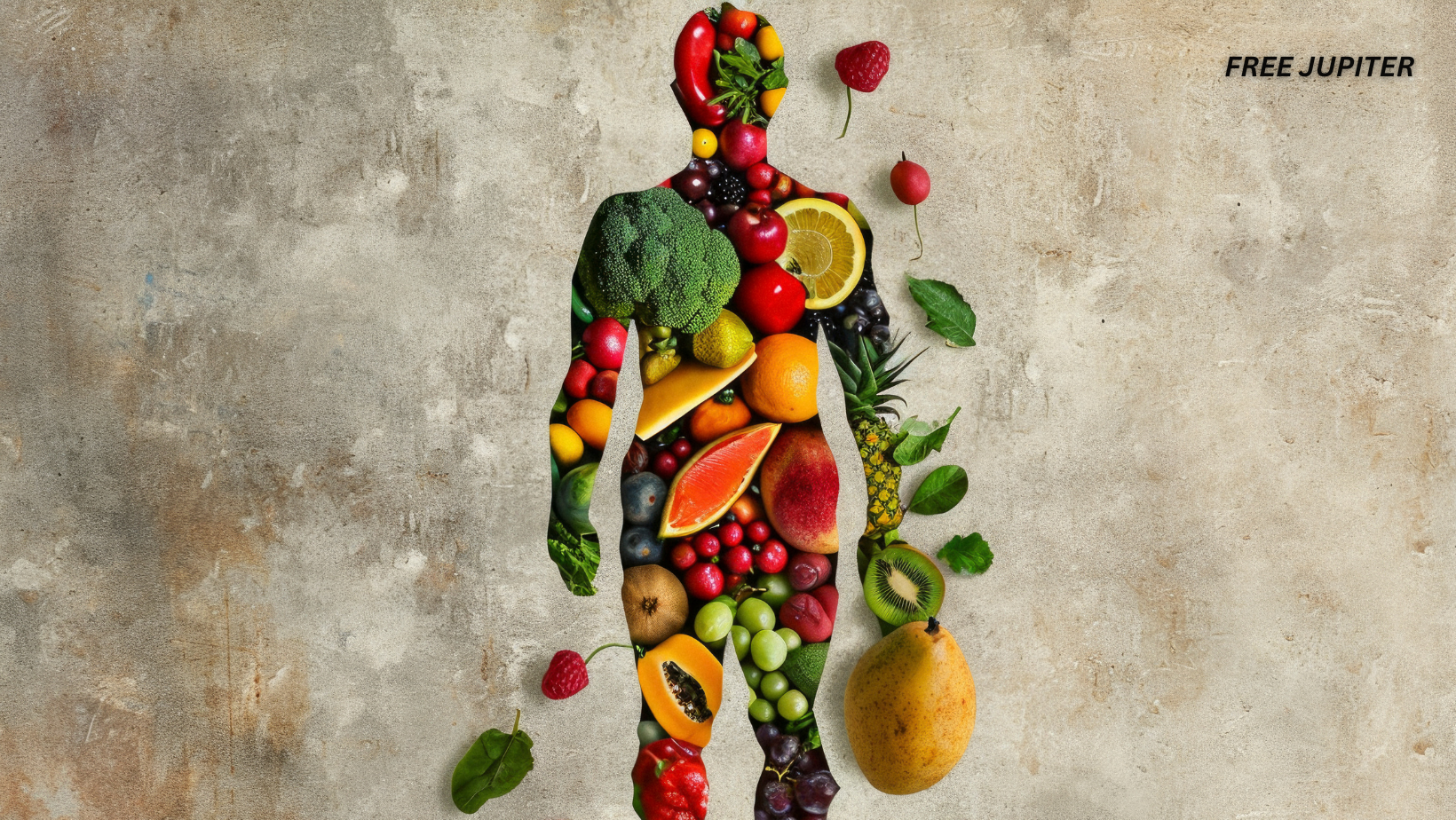Chronic pain has quietly become one of the most widespread health issues today. Recent data suggests that more than 20% of adults in the U.S. are affected by it, and unfortunately, this number is steadily climbing. Beyond just physical discomfort, this condition tends to influence many other aspects of life. It’s been linked to lower productivity, disrupted sleep, mental health issues, and constant fatigue. In more severe cases, it’s even associated with joblessness and diminished physical health.
Chronic pain is defined as discomfort or pain that lingers for longer than three months. It might show up anywhere — from your back and shoulders to your joints, head, or feet. It could result from an old injury, a medical condition, or even factors tied to one’s genes and environment.
Interestingly, diet and lifestyle choices appear to play a bigger role in pain management than once thought. Research has pointed to factors like smoking, body weight (whether too low or too high), and poor nutrition as contributors to chronic pain. While treatments like medication, acupuncture, physical therapy, yoga, and exercise are commonly recommended, many are now looking toward nutrition for relief.
And for good reason — food is one of the most accessible and powerful tools we have to manage inflammation and improve overall health.
How Food and Pain Are Linked
The connection between what we eat and how we feel physically is more intertwined than it may seem. Scientific studies have uncovered several mechanisms behind this link. These include the body’s glucose metabolism, oxidative stress levels (a state where damaging molecules outpace protective antioxidants), inflammation, and even the state of the gut microbiome — which, interestingly, also impacts the nervous system.
A recent 2024 study published in Nutrition Research found that individuals who followed a high-quality diet experienced less chronic pain. This held true even when other risk factors like obesity were present. Diets rich in whole foods — fruits, vegetables, lean proteins, and dairy or its alternatives — showed the strongest connection to pain reduction.
In another study shared in the Journal of Clinical Medicine, plant-based diets were linked to a noticeable drop in musculoskeletal pain. Moreover, diets high in fat and sugar appeared to be associated with more severe pain levels.
Additional research from 2020 also showed that anti-inflammatory eating patterns — those rich in whole foods and low in processed ingredients — helped to calm inflammation, which in turn could lower the intensity or frequency of chronic pain. Persistent inflammation, especially when not triggered by actual injury or infection, can do damage to healthy tissues and lead to chronic health conditions over time.
Read more: The Truth About Your Cholesterol: 12 Things You Should Know
Foods That May Help Soothe Chronic Pain
If the goal is to reduce chronic pain through what’s on your plate, then it’s important to focus on foods that fight inflammation, lower oxidative stress, and support overall metabolic health.
Here are six foods (or food groups) that may offer some relief:
1. Healthy Fats — Like Salmon, Olive Oil, and Walnuts
These fats are well-known for their anti-inflammatory effects. Fatty fish like salmon contain omega-3 fatty acids, which have been found to ease inflammation and support joint health. For those who don’t eat fish, omega-3 supplements might be a helpful alternative.
Walnuts, on the other hand, are loaded with antioxidants and plant-based omega-3s. A recent 2024 study suggested that walnuts contain compounds that may influence pain-regulating pathways in the body.
Extra virgin olive oil — another healthy fat — has also been studied for its healing potential. Olive oil contains a compound called oleocanthal, which is believed to act similarly to NSAIDs (nonsteroidal anti-inflammatory drugs). One study even showed that olive extracts helped reduce pain and improve mobility in individuals with osteoarthritis.
2. Herbs and Spices — Such as Turmeric, Ginger, and Rosemary
These aren’t just flavor enhancers — many herbs and spices are packed with bioactive compounds that have strong anti-inflammatory properties.
Turmeric, thanks to its curcumin content, has been shown in studies to reduce joint pain and stiffness. Ginger, often used for nausea or digestion, may also help reduce muscle pain. Meanwhile, rosemary and sage are believed to support circulation and reduce inflammation, potentially making them useful for managing chronic discomfort.
3. Whole Grains — Like Quinoa and Steel-Cut Oats
Fiber is often underrated, but it plays a significant role in overall health. A study from 2017 revealed that individuals who consumed more fiber experienced fewer osteoarthritis symptoms. It’s believed that fiber helps support a healthy gut microbiome, which may in turn influence inflammation and pain responses.
Whole grains like quinoa, barley, and oats offer not only fiber but also nutrients like magnesium and B vitamins, which are essential for nerve and muscle function.
4. Fruits and Vegetables — Including Berries, Tomatoes, and Leafy Greens
Brightly colored fruits and veggies are rich in antioxidants, which help combat oxidative stress and cellular damage. Think of berries, which are packed with anthocyanins — powerful anti-inflammatory compounds. Tomatoes, rich in lycopene, have been shown to reduce markers of inflammation.
Leafy greens like spinach and kale also provide a range of vitamins and minerals, including vitamin K and magnesium. Eating a variety of colors — often called “eating the rainbow” — ensures a wide range of protective nutrients are consumed, which may positively influence pain perception and inflammation control.
5. Vitamin D-Rich Foods — Like Eggs and Fortified Milk
A lack of vitamin D has been linked to higher rates of chronic pain. In many cases, restoring vitamin D levels — through food, sunlight, or supplementation — has been shown to improve symptoms and reduce the need for pain medications.
Eggs and fortified dairy products are excellent sources of vitamin D. For those who don’t consume dairy, plant-based alternatives such as fortified almond or soy milk can also be good options.
6. Green Tea
What’s in your cup matters, too. Green tea is rich in polyphenols — powerful compounds that help combat inflammation and support cellular health. Some studies suggest that green tea can improve symptoms in people with osteoarthritis, and it may offer broader benefits by reducing overall inflammatory markers in the body.
Read more: 6 Warning Signs That You’re Not Getting Enough Vitamin D
Foods Best Avoided for Pain Management
While some foods can help ease discomfort, others may worsen it. Chronic pain can often be intensified by diets high in processed ingredients and low in nutritional value.
1. Added Sugars
High sugar intake has been strongly tied to inflammation and obesity, both of which are linked to chronic pain. Processed snacks, sodas, and sweets are obvious culprits, but added sugars also lurk in products like sauces, dressings, and even breads.
Pay attention to ingredient labels. If sugar is listed among the first few items, it’s likely contributing more to inflammation than nourishment.
2. Alcohol
Although it may temporarily dull pain, alcohol has been shown to exacerbate chronic pain over time. A 2023 study found a direct connection between alcohol consumption and increased pain symptoms. There’s also growing concern that alcohol use can spiral into dependence, especially for those already struggling with long-term discomfort.
3. Refined Grains and Excess Animal Protein
Unlike their whole counterparts, refined grains lack fiber and nutrients. These grains may cause rapid blood sugar spikes and have been linked to higher inflammation levels.
Similarly, high intakes of red or processed meats may disrupt the body’s antioxidant balance, leading to increased oxidative stress and pain. While lean animal protein isn’t inherently bad, moderation and balance are key.
Special Considerations for Those with Food Sensitivities
Not all foods affect everyone the same way. For individuals with food sensitivities or conditions like celiac disease, even typically healthy items like dairy or whole grains could become sources of pain.
Gluten, for example, may trigger inflammation in sensitive individuals. The same is true for lactose or casein in dairy. It’s important to listen to your body, and in some cases, work with a healthcare provider to identify foods that may be doing more harm than good.
While chronic pain can’t always be solved with diet alone, the role of nutrition shouldn’t be overlooked. What’s on your plate may very well determine how your body copes with inflammation, stress, and long-term pain.
Shifting toward a diet full of anti-inflammatory, nutrient-dense foods — while cutting back on processed, sugary, and inflammatory items — may help reduce symptoms, improve quality of life, and restore a greater sense of well-being.
In many cases, healing starts with the next bite.










